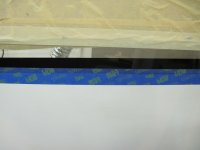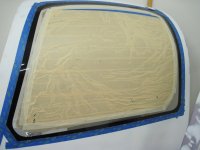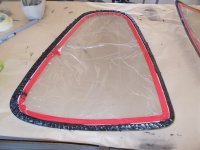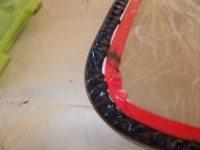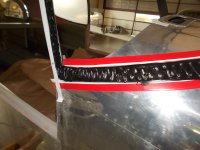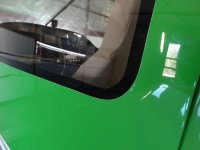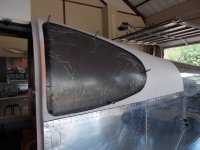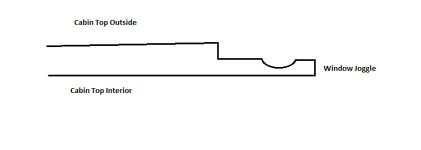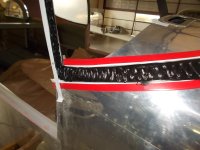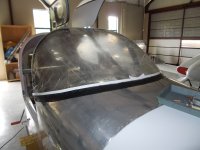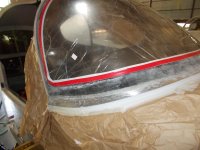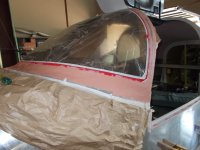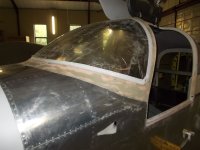Merry Christmas fellow -10 builders!
I'm finally to the point where I'm about to install my windows and am considering the adhesive options. This topic has been discussed many times, so I'm not looking for "the best method". I took some time off from building (life got in the way...), but before then, I had considered using SikaFlex 295UV.
Looking at SikaFlex 295UV "How To" installation document, it states that you need at least 3/16" spacers and "Due to the large coefficient of expansion, the window must have a gap of at least 3/8” between the edge of the window and the frame." Both of these requirements make me question how to use Sikaflex for the RV-10 windows.
I fitted my windows and want to give a shout out to Cee Bailey for their excellent product. Out of the box, all of the windows fit within the frames very well. I have a 0.030" average inset on the door and side windows, and roughly a 0.040" inset on the windshield with about 0.015" gap around all of them. It looks like adding wet-sand finish the window edges, not much is needed to make them fit.
To follow the Sikaflex instructions, I'd have to trim a lot of the acrylic down, and then have them all sit proud of the cabin - which doesn't make sense.
For those that have used Sikaflex, what dimensions did you use for both edge gap and frame spacing?
Now that I have the windows fitted on the cabin, the Van's instructions showing 0.010" inset and 0-1/16" gap make more sense when using Weld-On 10.
I have read the many threads discussing paint cracking at the window edge, attributed to the different expansion rates of acrylic and fiberglass. If I chose to use Weld-On, would it make sense to finish off the window edge gap with epoxy/filler and then paint the surround black, expecting the edge to crack anyway?
If I cover the surround with fiberglass and then paint it with the rest of the cabin top, should I then expect it to crack in time anyway? What are the long term experiences for this?
I'm finally to the point where I'm about to install my windows and am considering the adhesive options. This topic has been discussed many times, so I'm not looking for "the best method". I took some time off from building (life got in the way...), but before then, I had considered using SikaFlex 295UV.
Looking at SikaFlex 295UV "How To" installation document, it states that you need at least 3/16" spacers and "Due to the large coefficient of expansion, the window must have a gap of at least 3/8” between the edge of the window and the frame." Both of these requirements make me question how to use Sikaflex for the RV-10 windows.
I fitted my windows and want to give a shout out to Cee Bailey for their excellent product. Out of the box, all of the windows fit within the frames very well. I have a 0.030" average inset on the door and side windows, and roughly a 0.040" inset on the windshield with about 0.015" gap around all of them. It looks like adding wet-sand finish the window edges, not much is needed to make them fit.
To follow the Sikaflex instructions, I'd have to trim a lot of the acrylic down, and then have them all sit proud of the cabin - which doesn't make sense.
For those that have used Sikaflex, what dimensions did you use for both edge gap and frame spacing?
Now that I have the windows fitted on the cabin, the Van's instructions showing 0.010" inset and 0-1/16" gap make more sense when using Weld-On 10.
I have read the many threads discussing paint cracking at the window edge, attributed to the different expansion rates of acrylic and fiberglass. If I chose to use Weld-On, would it make sense to finish off the window edge gap with epoxy/filler and then paint the surround black, expecting the edge to crack anyway?
If I cover the surround with fiberglass and then paint it with the rest of the cabin top, should I then expect it to crack in time anyway? What are the long term experiences for this?



